This set of Pulp and Paper Multiple Choice Questions and Answers (MCQs) focuses on “Hardwood fiber”.
1. Hardwood fibers are accompanied by vessels or vessel fragments depending on the pulping process.
a) True
b) False
View Answer
Explanation: The major component of wood from a hardwood tree consists of libriform fibers. These are about 1 millimetre in length and about 20 micrometers in width. Wood from deciduous trees is a complicated mixture of these fibers, multi-cellular vessels (for transport of water from the roots), and other specialized cells.
2. What is the name of the portion of the tracheids?
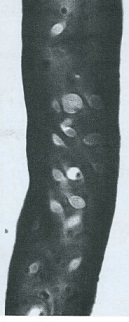
a) Western white pine
b) Ponderosa pine
c) Sitka spruce
d) Black cotton wood
View Answer
Explanation: Pinus ponderosa, commonly known as the ponderosa pine, bull pine, blackjack pine, or western yellow-pine, is a huge pine tree species of variable habitat native to the western United States and Canada. It’s the most widely distributed pine species in North America.
3. What is the name of the portion of the tracheids?
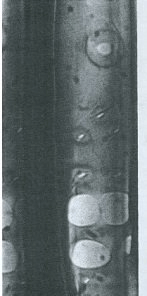
a) Western white pine
b) Ponderosa pine
c) Sitka spruce
d) Black cotton wood
View Answer
Explanation: Western white pine (Pinus monticola) also known as silver pine, and California mountain pine, in the family Pinaceae, is a species of pine that occurs in the mountains of the western United States and Canada, specifically the Sierra Nevada, the Cascade Range, the Coast Range, Andgoo the northern Rocky Mountains.
4. What is the name of the portion of the tracheids?
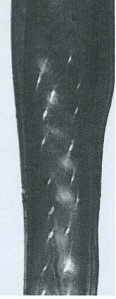
a) Western white pine
b) Ponderosa pine
c) Sitka spruce
d) Black cotton wood
View Answer
Explanation: Two complementary simple pits form a simple pit-pair, 2 bordered pits form a bordered pit-pair. Few pit-pairs are semi-bordered; this is pairing of simple and bordered pit. When a pit isn’t paired but solitary, it is known as a blind pit.
5. What is the name of the hardwood fiber?
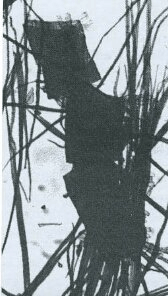
a) Black cotton wood
b) Swamp tupelo
c) Eucalyptus grandis
d) Red maple
View Answer
Explanation: Picea sitchensis, the Sitka spruce, is a hugeconiferous evergreen tree growing to near 100 meter (330 feet) tall, and with a trunk diameter at breast height that can exceed 5 meter (16 feet).
6. What is the name of the hardwood fiber?
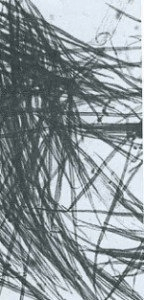
a) Black cotton wood
b) Swamp tupelo
c) Eucalyptus grandis
d) Red maple
View Answer
Explanation: Acer rubrum (red maple, also known as swamp, water or soft maple) is one of the most common and widespread deciduous trees of eastern and central North America. The Forest service identifies it as the most common species of tree.
7. What is the name of the hardwood fiber?
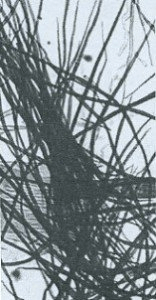
a) Black cotton wood
b) Swamp tupelo
c) Eucalyptus grandis
d) Red oak
View Answer
Explanation: Quercus rubra, also known as red oak. It’s a native of North America, in the eastern and central United States and southeast and south-central Canada.
8. What is the name of the hardwood fiber?
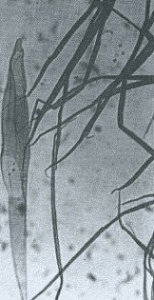
a) Re maple
b) Red oak
c) Yellow birch
d) Black cottonwood
View Answer
Explanation: Yellow Birch, also known as Golden Birch, is a huge and important lumber species of birch local to North-eastern North America. The name yellow birch indicates the color of the tree’s bark.
9. What is the name of the hardwood fiber?
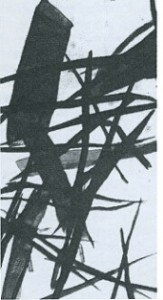
a) Red maple
b) Red oak
c) Yellow birch
d) Black cottonwood
View Answer
Explanation: Populus trichocarpa, the black cottonwood, western balsam-poplar, is adeciduous broadleaf tree species local to western North America. It is utilized for timber and is notable as a model organism in plant biology. It’s full genome sequence was published in 2006.
10. What is the name of the hardwood fiber?
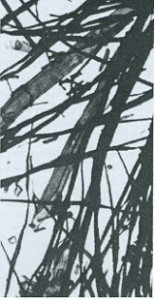
a) Red maple
b) Swamp tupelo
c) Yellow birch
d) Black cottonwood
View Answer
Explanation: Nyssa biflora, also referred to as the swamp tupelo, or swamp black-gum is a species of tupelo that is found in wetland habitats. Swamp tupelo grows in the coastal plains from Delaware, south to southern Florida and west to eastern Texas.
Sanfoundry Global Education & Learning Series – Pulp and Paper.
To practice all areas of Pulp and Paper, here is complete set of 1000+ Multiple Choice Questions and Answers.
If you find a mistake in question / option / answer, kindly take a screenshot and email to [email protected]
- Apply for Chemical Engineering Internship
- Check Chemical Engineering Books
- Practice Chemical Engineering MCQs
